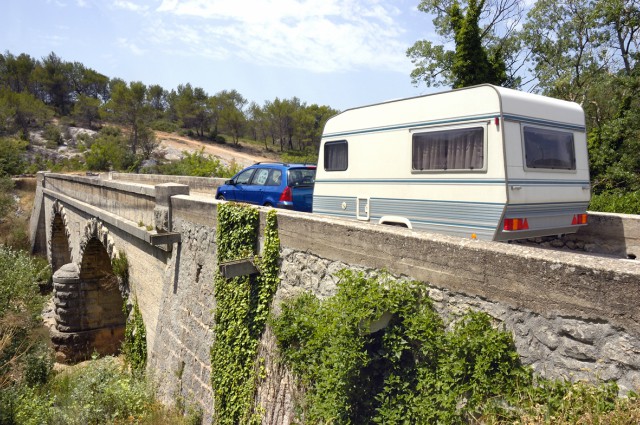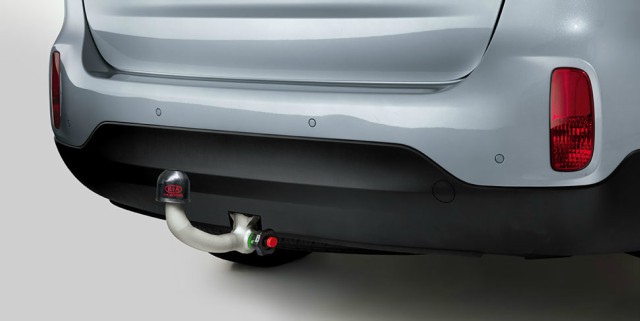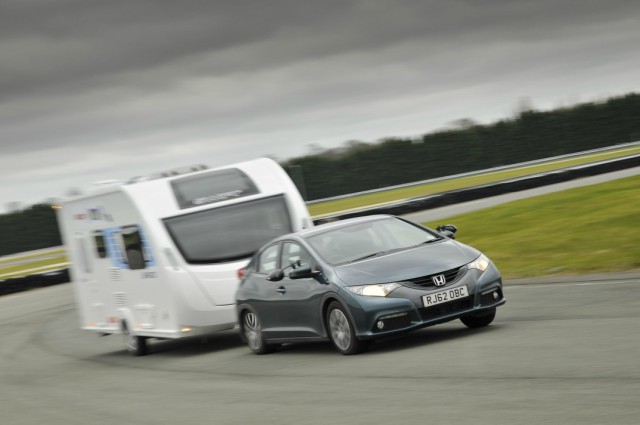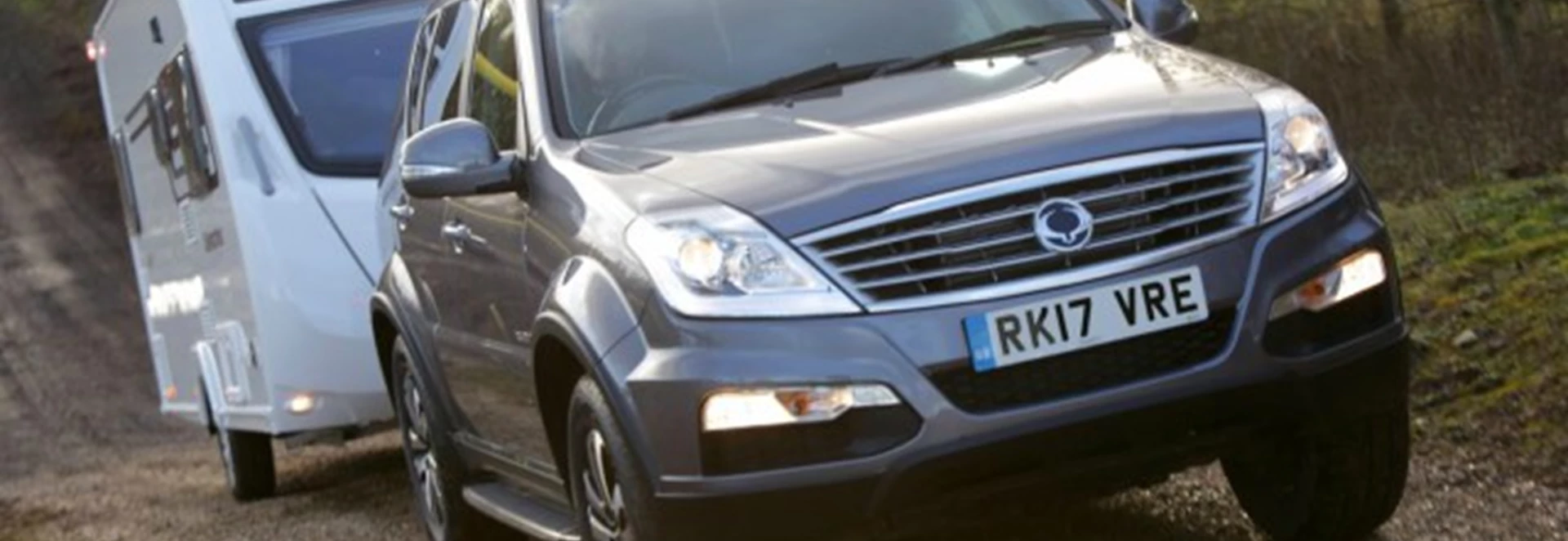A lot of motorists in Britain have an interest in using their car for towing. The thing most likely to be towed is a caravan, although other types of trailers are also towed by cars and vans.
If you are interested in towing a caravan with your car in the near future, then there are some rules and procedures you need to be aware of. Here’s our guide to what you need to know about towing a caravan with a car.
Can my car tow a caravan?
Before you even prepare to tow a caravan, you may be wondering whether you even have the legal requirements and appropriate car to do the job.
In terms of legality, you should be fine. As long as you passed your driving test after the 1 January 1997 and you have an ordinary category B (car) licence, you are allowed to tow a caravan.
You don't need some sort of caravan towing licence to tow such a thing. However, depending on the weight of the load you’re towing, you may need to take an additional category driving test.
Drivers with a standard category B licence can tow the following:
· Small trailers which weigh no more than 750kg
· A trailer over 750kg if the combined weight of the trailer and towing vehicle is no more than 3,500kg Maximum Authorised Mass (MAM)
If you want to tow a trailer which weighs more than 750kg, when the combined weight of the trailer and the towing car exceeds 3,500kg, you’ll need B+E entitlement on your driving licence. This is earned via a category B+E driving test.
If you passed your driving test before 1 January 1997 then the rules you follow are more relaxed. You can drive a car and trailer with a combined weight of up to 8,250kg.

Another concern you may have when wanting to tow a caravan is whether you have a suitable car for the job. After all, the better the car and caravan match is, the more convenient the journey will be while towing.
Virtually all vehicles in the new (and used) car market will be capable of towing trailers, but the maximum weight the trailers can be to be towed properly varies from car to car.
The best thing to do is to check for the maximum towing capacity via your owner’s handbook if you’re thinking of towing with a car you already own. Or you could check the towing capacity for a car you own or are thinking of owning by checking the vehicle specifications online.
It’s also worth checking in your owner’s handbook or online for the weight of the car you plan to use and the caravan too, so you can work out their combined weight and if it exceeds the Maximum Authorised Mass.
What do I need to tow a caravan?
To tow a caravan with a car, a towbar will need to be fitted to the rear of the car you plan to use for the journey. The towbar is the connection that joins a vehicle to the caravan or trailer it is towing. Towbars feature a 50mm iron ball which is what the caravan hitch attaches to for towing.
Towbars can come in different forms, including flange, swan neck, fixed, detachable and retractable.

Whatever type you have, tow bars must be ‘type approved’, which means it has to meet EU regulations and has to be one designed to be compatible on your car. If you’re buying a car new then quite a few will offer a towbar as an optional instalment.
In addition to the towbar, you’ll also need to fit towing mirrors to your car which give an adequate view of the road behind you if the trailer or caravan is wider than the rear of your car.
Any caravan being towed also needs a number plate fitted to its rear which is identical to the ones fitted to your car. The licence plate on the caravan needs to be illuminated during the night.
Remember as well, any caravan or trailer which weighs over 750kg when it’s loaded must have a working brake system.
Tips for towing a caravan
When driving a car which is caravan towing, it’s always important to remember to give yourself more time and space for everything compared to if you were just driving a car with nothing attached to it.
A patient approach is very beneficial and you’ll need to be remember that due to laws, you’ll need to be slower on certain roads than you would in a car that’s not towing anything. Speaking of towing laws, cars which tow caravans should not exceed 50mph on single carriageways or 60mph on dual carriageways and motorways.

When a caravan is properly attached to a car via a towbar, the electronics of the caravan should sync up with what’s going on with the car’s controls. Therefore, when the driver applies the brakes, the rear lights on the caravan should light up.
When you’ve connected a caravan to your car, it would be worth getting someone else to help check the lights, indicators etc. are working on the caravan as intended before setting off on a journey.
When towing a caravan, it’s possible you’ll want to keep some items in the caravan itself. It’s best to keep the caravan as light as possible, and to help with this put the heaviest items low down within the caravan and close to its axle (which is between the wheels).
Best towing cars
Planning on doing a lot of towing and want to get a car that’s up to the job? You can check out our guide on the best cars for towing here.
The guide covers a wide range of car categories and picks out models from each which should prove versatile enough for the job of pulling caravans or other kinds of trailers.




